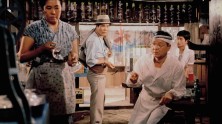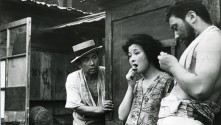
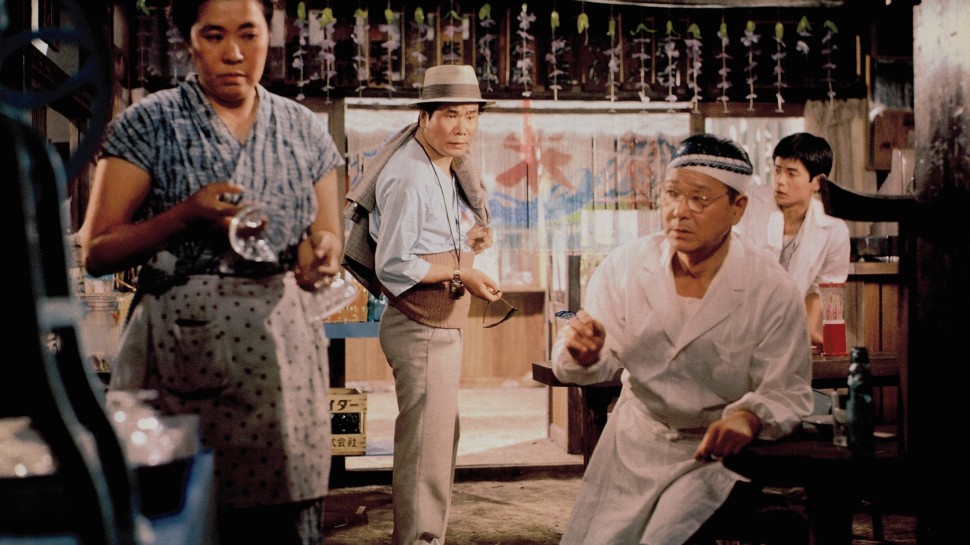
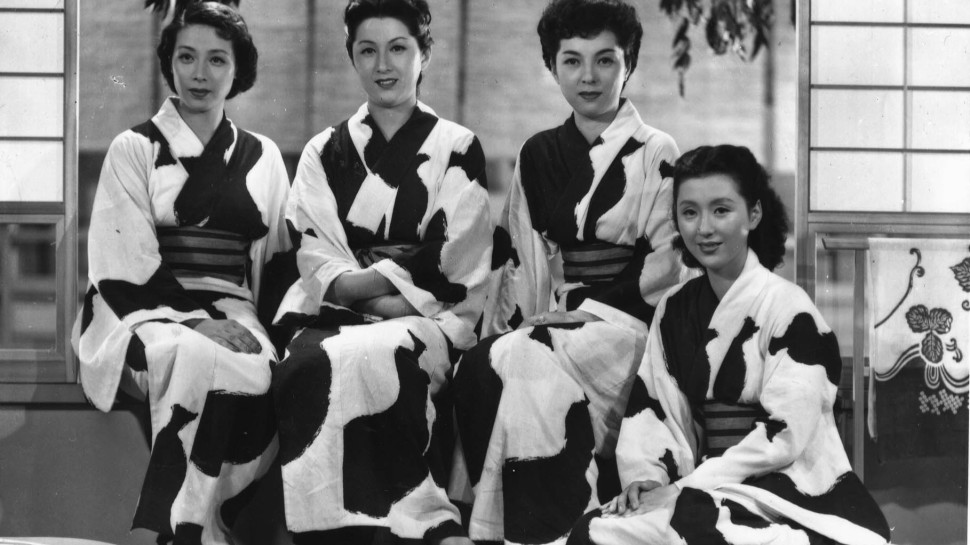
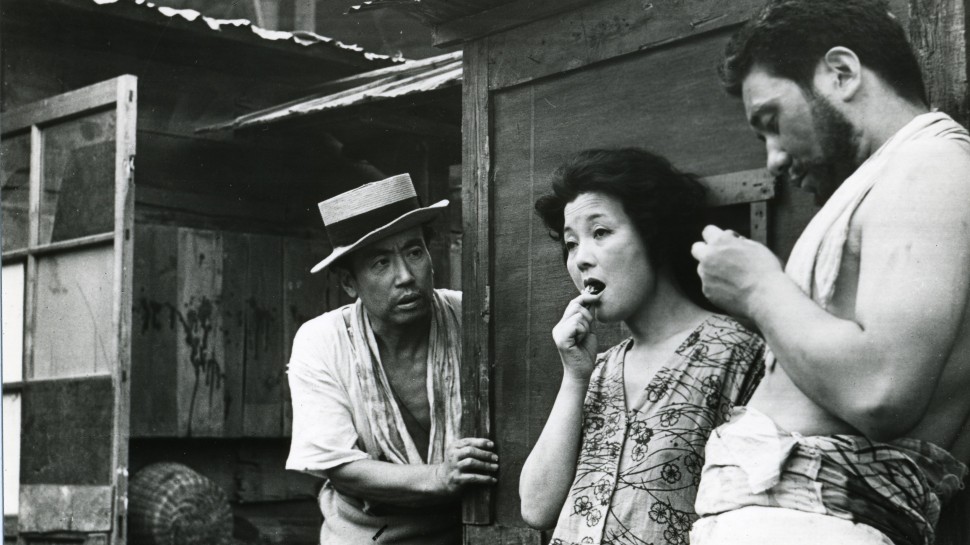
The Shochiku Centennial Collection
The Harvard Film Archive is proud to officially announce an important new partnership, a collaboration with legendary Japanese motion picture studio Shochiku, to create a legacy collection of new 35mm prints of classic films from Shochiku’s impressive catalogue. As part of the HFA Collection, these prints will be vital resources for research, teaching and study at Harvard for years to come. Shochiku prints will also, of course, be regularly featured in the HFA’s cinematheque program. The Shochiku Centennial Collection is a multi-year project, the goal of which is to strike fifty new prints of studio titles dating from the silent era through the 1970s, selected by HFA Director Haden Guest and Alexander Zahlten, Harvard Professor of East Asian Languages and Civilizations. Many prints will be made in tandem with the studio’s ambitious restoration program, which has already created glorious new films and DCPs of classic Shochiku titles. Essential support for this project and collection comes from Harvard’s Reischauer Institute of Japanese Studies.
One of the oldest motion picture production companies in Japan, Shochiku was founded in 1895 as a company initially dedicated to kabuki, with a film production division opened in 1920. As a film studio Shochiku distinguished itself quickly by turning away from the popular jidaigeki, or historical costume dramas, in favor of contemporary films in innovative dialogue with Hollywood and European cinema. Indeed, by the early 1930s Shochiku had defined itself by its focus on shoshimin eiga films centered around the everyday lives and struggles of middle- and working-class families, a genre best exemplified by the films of Ozu Yasujiro, the filmmaker who spent nearly his entire career at the studio and who remains one of the best-known Shochiku directors. Other seminal filmmakers who thrived at Shochiku included Kinoshita Keisuke, Gosho Heinosuke, Yoshimura Kozaburo, Shimazu Yasujiro and Yamada Yoji. Shochiku was constantly ahead of its time, producing both Japan’s first full-length sound film, Gosho’s The Neighbor’s Wife and Mine (1931), as well as its first color feature film, Kinoshita’s Carmen Comes Home (1951). During the 1960s Shochiku helped spark a vital renewal of post-WWII Japanese cinema by hiring young, intellectually oriented filmmakers to create a New Wave deliberately modeled on the nouvelle vague transforming French cinema at the time. Far ahead of the New Hollywood of the 1970s, the Shochiku New Wave launched the careers of some of the most important filmmakers in Japanese film history, including Oshima Nagisa, Yoshida Kiju and Shinoda Masahiro.
Throughout its history Shochiku has been well known as a “director’s studio,” a stance established by its first longtime head, Kido Shiro, who understood the importance of granting filmmakers and creative talent a carefully measured (especially in terms of budget) freedom to realize their artistic visions. Indeed, Kido was celebrated for his steadfast loyalty and close relationship to key studio directors such as Ozu and Gosho. Ozu’s careful refinement of his signature approach to narrative and mise-en-scène across his prolific career would simply not have been possible without the stability and support afforded by Kido’s Shochiku. After quickly working his way up the studio rungs from the accounting department, Kido remained as studio head for a full five decades until his retirement in 1977. Today Shochiku is led by CEO Jay Sakomoto, who is, in fact, Kido’s grandson and whose deep appreciation of the studio’s legacy is made clear by his generous support of this new collaboration with the Harvard Film Archive.
Over the next years, the Harvard Film Archive will continue to showcase films and filmmakers represented in the Shochiku Centennial Collection. We begin with a compact program that combines newly struck prints, an encore from our summer-long Ozu retrospective, The Flavor of Green Tea Over Rice, as well as vintage prints of Yamada’s Tora-san, Our Lovable Tramp and The Sun’s Burial by Oshima. Also included is the new 4K version of Shinoda’s Demon Pond, showcased as a prime example of Shochiku’s superlative restoration work.
The Harvard Film Archive is proud to welcome Shochiku CEO Jay Sakomoto for this auspicious event, together with Meri Koyama, former Head of Sales and now General Manager of Shochiku Theaters. – Haden Guest
